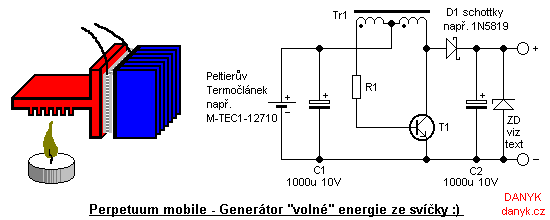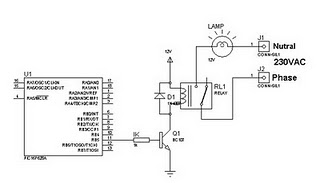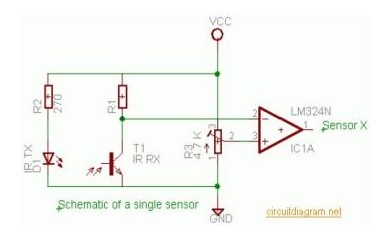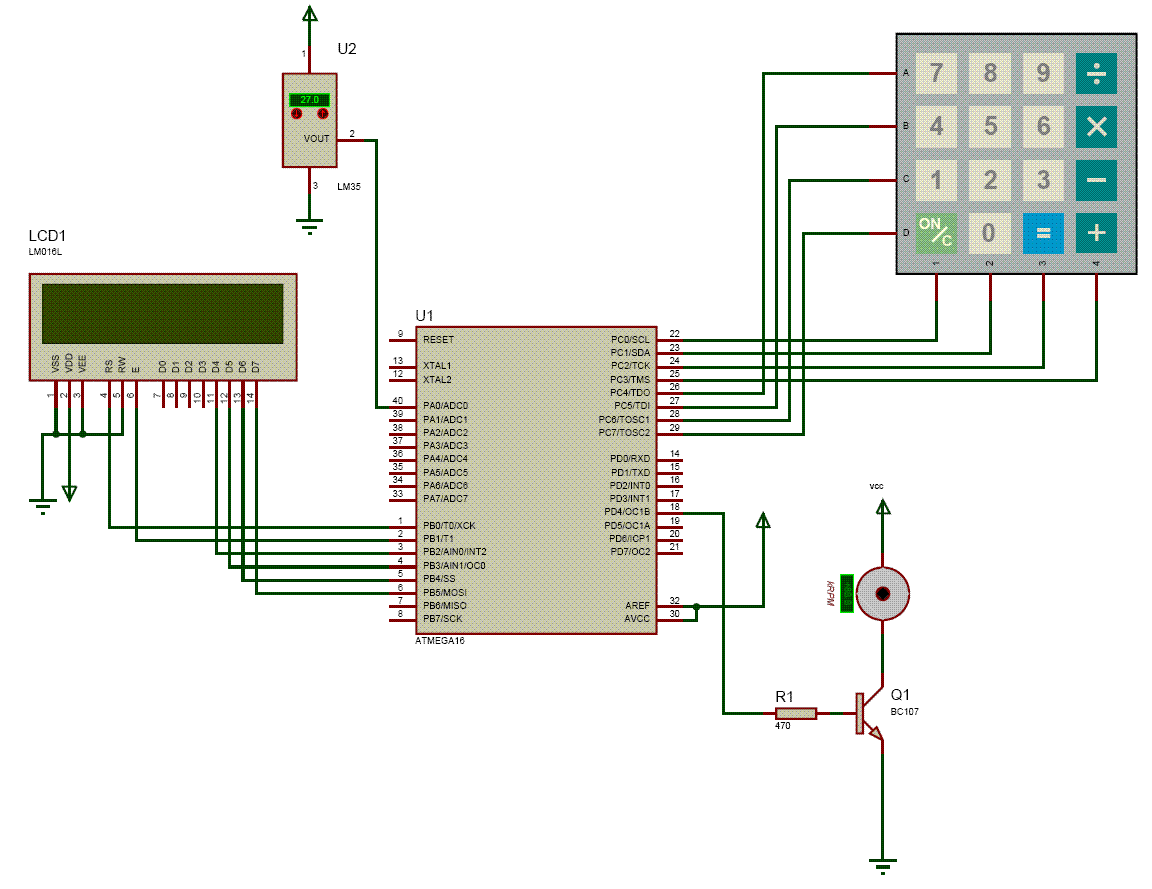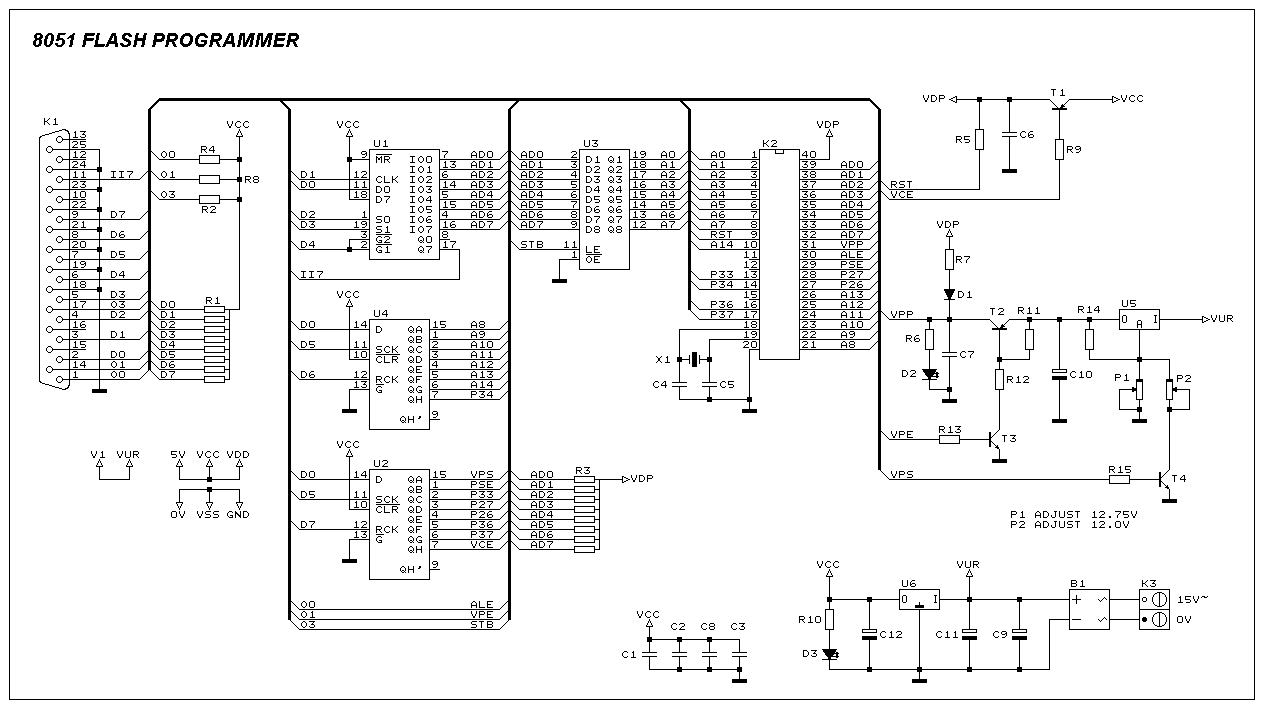
508A microcontroller can deliver a maximum of 25mA
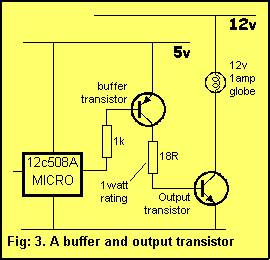
A typical device that requires less than 5v and draws less than 25mA is an LED. A LED must be supplied with an exact voltage for it to operate correctly. Because it requires LESS than 5v, a dropper resistor (current limiting resistor) must be included in series to "take-up" or "absorb" or "interface" the LED to the output line. Working out the value of the current-limiting resistor requires some mathematics but this is very easy when you know how.
In an LED circuit designed to operate at less than 5V and draw less than 25mA, the LED must be connected in series with a current-limiting resistor to ensure proper operation and prevent damage. The forward voltage drop across the LED, typically around 2V for standard red LEDs, dictates the required supply voltage.
To calculate the value of the current-limiting resistor (R), Ohm's Law is applied. The formula can be expressed as:
R = (V_supply - V_LED) / I_LED
Where:
- V_supply is the supply voltage (e.g., 5V)
- V_LED is the forward voltage drop across the LED (e.g., 2V)
- I_LED is the desired current through the LED (e.g., 25mA or 0.025A)
For example, if the supply voltage is 5V and the LED forward voltage is 2V with a desired current of 25mA, the calculation would be:
R = (5V - 2V) / 0.025A = 120Ω
A standard resistor value of 120Ω could be selected to ensure the LED operates safely within its specifications. It is also important to consider the power rating of the resistor, which can be calculated using the formula:
P = I_LED^2 * R
In this case, the power dissipated by the resistor would be:
P = (0.025A)^2 * 120Ω = 0.075W
A resistor with a power rating of at least 0.1W would be appropriate to ensure safe operation. The circuit design should also include proper connections, ensuring that the LED is oriented correctly with respect to its anode and cathode, as incorrect orientation will prevent it from lighting up.
This simple LED circuit can be implemented on a breadboard for prototyping, allowing for easy adjustments to resistor values or testing with different LED types, facilitating a better understanding of LED operation and characteristics.A typical device that requires less than 5v and draws less than 25mA is an LED. A LED must be supplied with an exact voltage for it to operate correctly. Because it requires LESS than 5v, a dropper resistor (current limiting resistor) must be included in series to "take-up" or "absorb" or "interface" the LED to the output line. Working out the value of the current-limiting resistor requires some mathematics but this is very easy when you know how.
🔗 External reference
In an LED circuit designed to operate at less than 5V and draw less than 25mA, the LED must be connected in series with a current-limiting resistor to ensure proper operation and prevent damage. The forward voltage drop across the LED, typically around 2V for standard red LEDs, dictates the required supply voltage.
To calculate the value of the current-limiting resistor (R), Ohm's Law is applied. The formula can be expressed as:
R = (V_supply - V_LED) / I_LED
Where:
- V_supply is the supply voltage (e.g., 5V)
- V_LED is the forward voltage drop across the LED (e.g., 2V)
- I_LED is the desired current through the LED (e.g., 25mA or 0.025A)
For example, if the supply voltage is 5V and the LED forward voltage is 2V with a desired current of 25mA, the calculation would be:
R = (5V - 2V) / 0.025A = 120Ω
A standard resistor value of 120Ω could be selected to ensure the LED operates safely within its specifications. It is also important to consider the power rating of the resistor, which can be calculated using the formula:
P = I_LED^2 * R
In this case, the power dissipated by the resistor would be:
P = (0.025A)^2 * 120Ω = 0.075W
A resistor with a power rating of at least 0.1W would be appropriate to ensure safe operation. The circuit design should also include proper connections, ensuring that the LED is oriented correctly with respect to its anode and cathode, as incorrect orientation will prevent it from lighting up.
This simple LED circuit can be implemented on a breadboard for prototyping, allowing for easy adjustments to resistor values or testing with different LED types, facilitating a better understanding of LED operation and characteristics.A typical device that requires less than 5v and draws less than 25mA is an LED. A LED must be supplied with an exact voltage for it to operate correctly. Because it requires LESS than 5v, a dropper resistor (current limiting resistor) must be included in series to "take-up" or "absorb" or "interface" the LED to the output line. Working out the value of the current-limiting resistor requires some mathematics but this is very easy when you know how.
🔗 External reference
